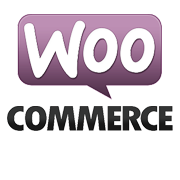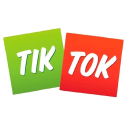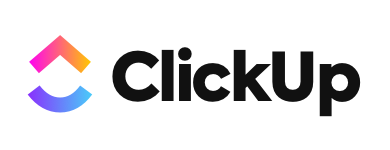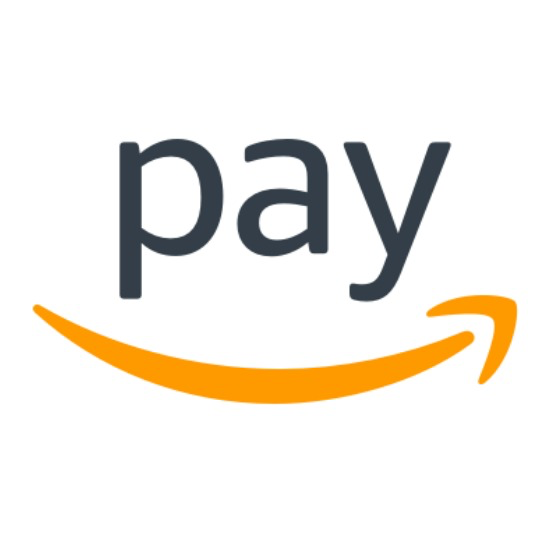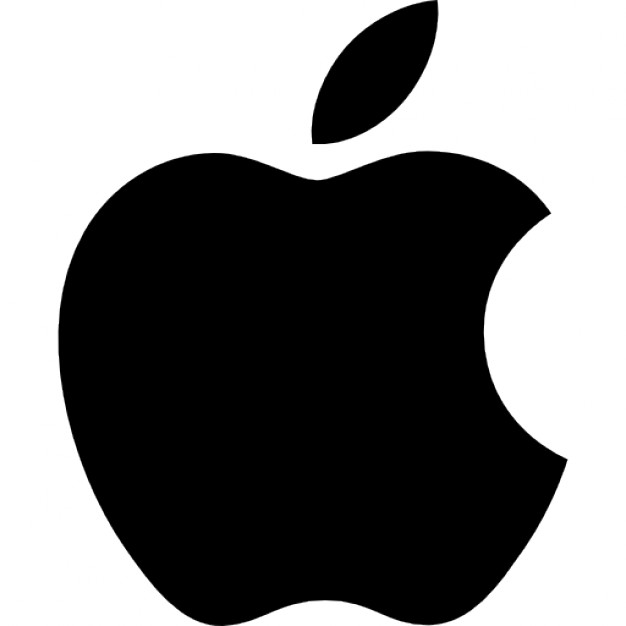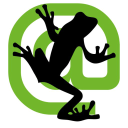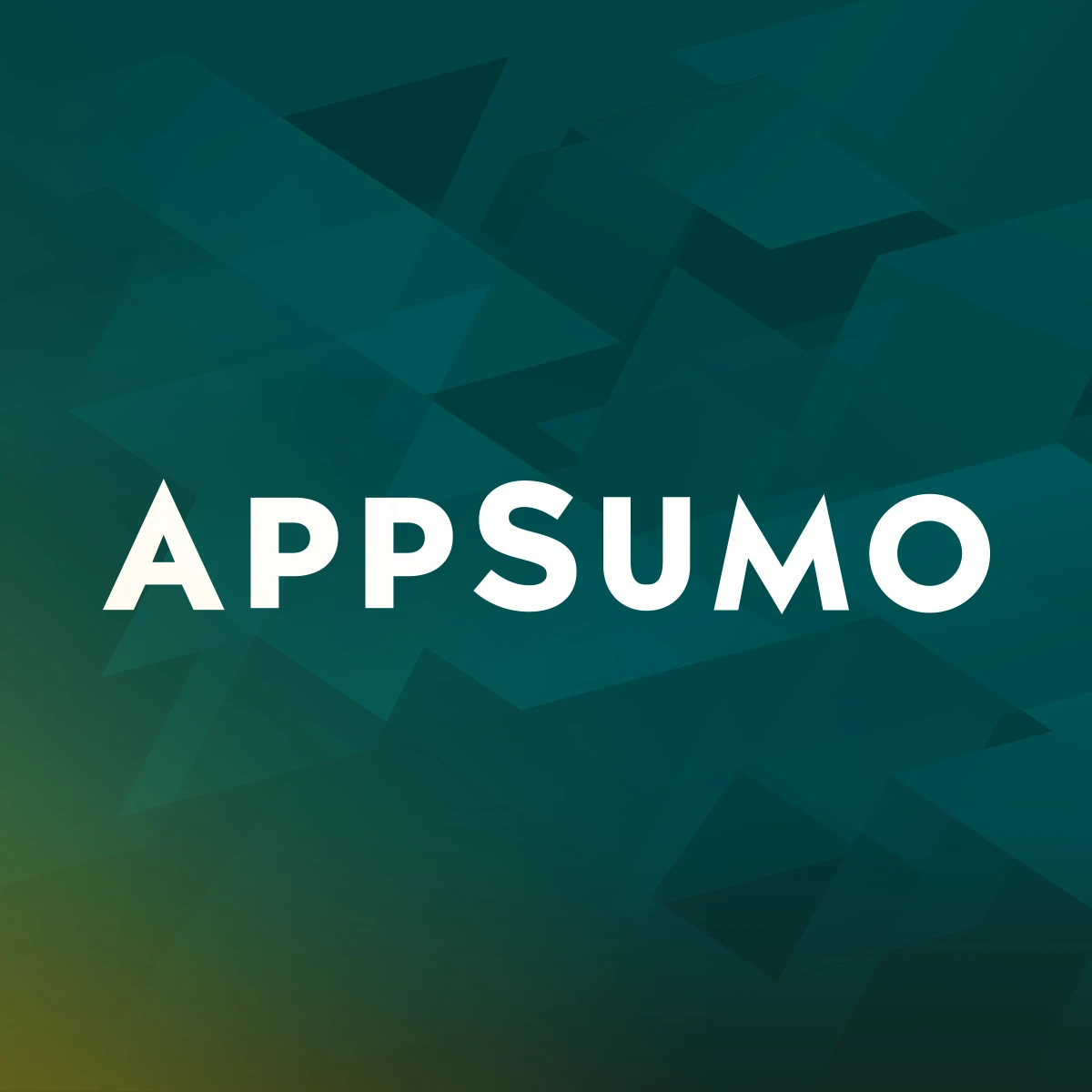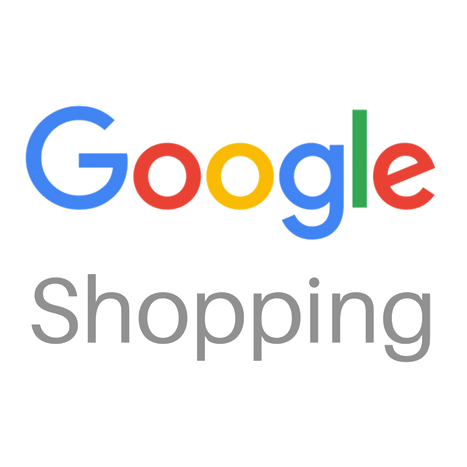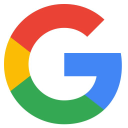How I Grew My Side Healthy Blog To 8M Visits Per Month
Hi! My name is Maya Krampf and I’m the founder of Wholesome Yum, a healthy recipe website reaching millions of readers every month. I create easy, healthy recipes and keto recipes, all with 10 ingredients or less.
I also created the Wholesome Yum app (for custom meal plans, automatic grocery lists, and more), founded Wholesome Yum Foods (a line of natural zero sugar ingredients and food products), and wrote two keto cookbooks, the USA Today Best Seller Easy Keto Cookbook and the Easy Keto Carboholics’ Cookbook.


Download the report and join our email newsletter packed with business ideas and money-making opportunities, backed by real-life case studies.

Download the report and join our email newsletter packed with business ideas and money-making opportunities, backed by real-life case studies.

Download the report and join our email newsletter packed with business ideas and money-making opportunities, backed by real-life case studies.

Download the report and join our email newsletter packed with business ideas and money-making opportunities, backed by real-life case studies.

Download the report and join our email newsletter packed with business ideas and money-making opportunities, backed by real-life case studies.

Download the report and join our email newsletter packed with business ideas and money-making opportunities, backed by real-life case studies.

Download the report and join our email newsletter packed with business ideas and money-making opportunities, backed by real-life case studies.

Download the report and join our email newsletter packed with business ideas and money-making opportunities, backed by real-life case studies.

